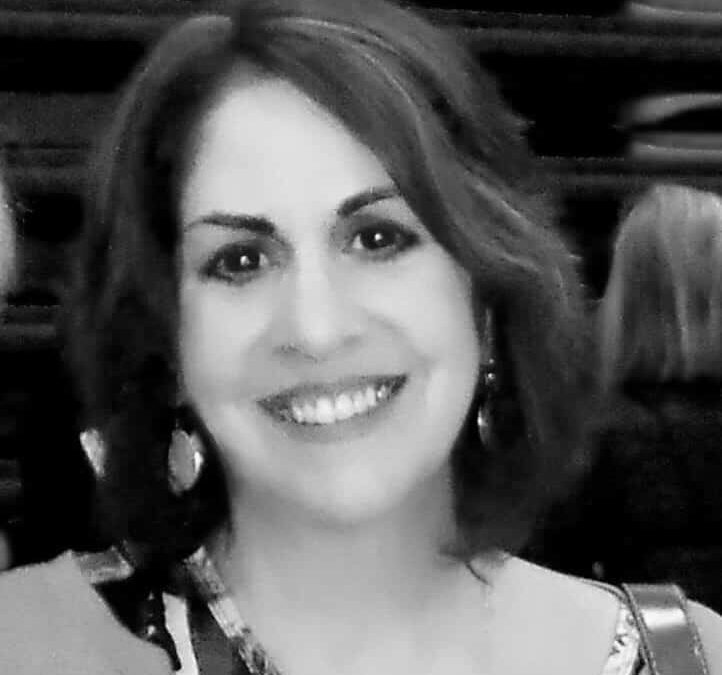SUSAN KENNEDY
Associate Professor
I’ve always been perplexed by how Americans view alcohol. For example, we often hear professionals talk about “drugs and alcohol” as if the two were somehow different. Parents are heard to express deep concern (and rightly so) for their children who experiment with “drugs,” but often view their experimentation with alcohol differently, almost as an expected “right of passage.” Part of growing up.
A number of years ago, Anna Quindlen, the author and journalist, wrote a piece for Newsweek entitled “The Drug that Pretends it Isn’t.” In her essay, Quindlen describes a curious “double standard.” Why is it that we refer to marijuana, cocaine and heroin, as “drugs,” yet are resistant to calling alcohol a drug? Quindlen’s point is that like marijuana, cocaine and heroin, alcohol is a drug, and as such, we should begin to call it what it is. I couldn’t agree more.
In addition to studying how drugs work in the brain to influence behavior and thought, psychopharmacologists like myself also study how cultural biases and racial and ethnic stereotypes have come to influence our views of drugs and our current drug policy. Drugs have been around since the beginning of time, and many drugs have come to be associated with groups that are often the target of marginalization, prejudice and discrimination.
Marijuana, for example, is often associated with Mexicans who came to the United States in the early 20th century to work on farms, and would often use the drug to relax after a long workday in the hot Southwest sun. Smokable cocaine (“crack”) is often associated with inner-city black americans, while powdered cocaine is associated more with well-to-do white Americans.
And while rates of drug use among black and white Americans are similar, rates of arrest, prosecution and sentencing are vastly different (I’ll leave it to you to determine which group of individuals receives harsher sentences).
So what does this have to do with alcohol? How does our culture view alcohol? Alcohol is America’s favorite drug. It is the culturally-acceptable way of celebrating and relaxing. Think about it: we toast the newlyweds with alcohol at wedding receptions, celebrate with alcohol when our football team wins the Super Bowl, and kick back on Saturday after an especially grueling workweek with alcohol. Alcohol has come to be associated with various celebrations, with holiday dinners and parties, and with important family functions. How bad can it be?
You be the judge. Over 500,000 college students suffer injuries every year due to alcohol-related accidents. Approximately 700,000 college students every year are involved in fights or physical assaults that are started by a fellow student under the influence of alcohol.
Close to 2,000 college students die each year from alcohol (40 students per state). And 97,000 incidents of alcohol-related sexual assaults happen every year on America’s college campuses (National Institute of Alcohol Abuse and Alcoholism, 2013).
Alcohol abuse in college students is related to missed classes and lower grades. Almost all incidents of vandalism and property destruction on college campuses are related to alcohol. When questioned by law enforcement, half of individuals having committed a violent crime admit to having consumed alcohol when the crime was committed. Furthermore, alcohol kills more people every year than all other substances—legal or illegal—combined, including heroin, cocaine and marijuana. So “legal” and “safe” don’t always go together.
Don’t get me wrong. I certainly don’t believe we should ban alcohol. Historically, prohibition has never been successful at curbing drug use, and likely never will. What I do believe is that it’s time to consider changing the conversation. Perhaps we should start talking about alcohol as the drug that it is.
Let’s begin to call it what it is. No more “alcohol and drugs,” just “drugs.” Let’s educate ourselves and learn about how alcohol works in the brain and what the potentially dangerous interactions are between alcohol and other psychoactive substances.
With about 20% of students coming to college with a prescription for a psychotropic medicine (an antidepressant, a drug to help manage hyperactivity, an antianxiety medicine), a discussion of drug interactions, including alcohol, is now more important than ever. It may actually save a life or prevent an unnecessary trip to the emergency room.
Knowledge is power.
Let us use our knowledge to foster a culture of safer drinking on our campus.
Dr. Susan Kennedy is an Associate Professor in the department of psychology.

